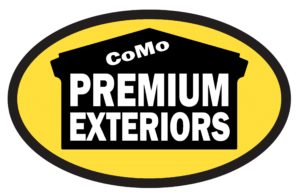Curious about what a roof eave is and why it matters? A roof eave is the part of a roof that extends beyond your home’s walls, helping to protect the foundation and direct rainwater away. In this article, we’ll explore the functions, styles, and benefits of roof eaves to help you appreciate their role in home design.
Key Takeaways
-
Roof eaves are essential for protecting the home from water damage, enhancing energy efficiency, and improving curb appeal, with various styles offering different functional and aesthetic benefits.
-
Types of roof eaves—boxed, open, and closed—each have unique advantages, catering to specific architectural designs and functional needs, while also influencing maintenance requirements.
-
Proper maintenance of roof eaves, including regular inspections and repairs, is crucial to prolong their lifespan and prevent structural damage, while installation costs can vary significantly based on materials and labor.
What Are Roof Eaves?
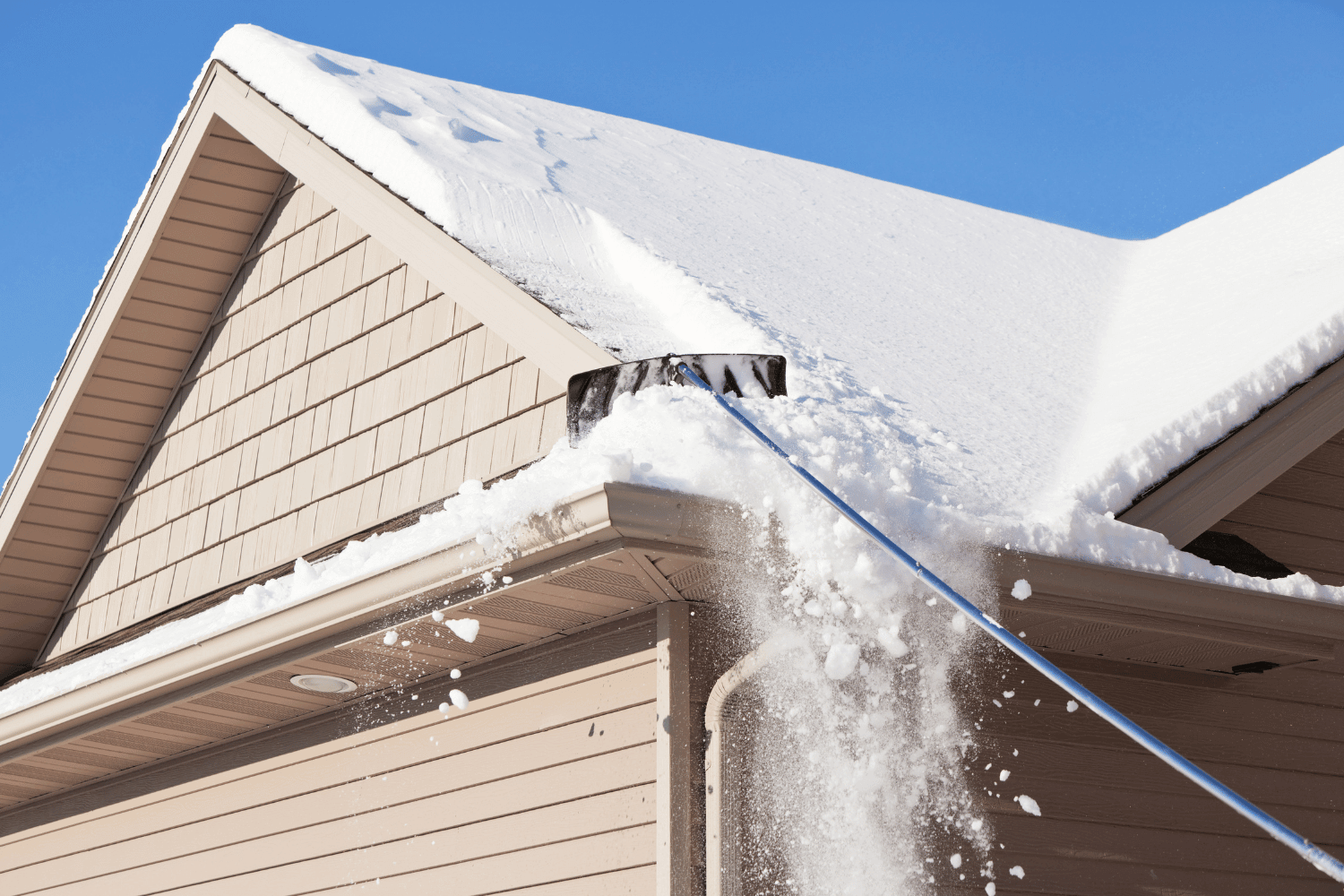
A close-up view of roof eaves showing the intricate details of the roof’s edge.
Roof eaves are the overhanging lower edges of a roof that extend beyond the exterior walls, directing rainwater away from the house and protecting the foundation and walls. Key components include fascia boards, soffits, and flashing. The fascia protects the ends of the rafters, while the soffit closes the gap between the fascia and the exterior wall, creating an effective eave overhang.
Eaves can vary significantly in size and style, affecting both their appearance and functionality. For instance, wide eaves provide more shade and protection, while narrow eaves can offer a sleeker look. The choice of eave style often depends on the architectural design of the house and the specific needs of the homeowner.
The versatility in design allows for a range of aesthetic and functional possibilities, from rustic exposed eaves to modern, streamlined boxed eaves.
Functions of Roof Eaves
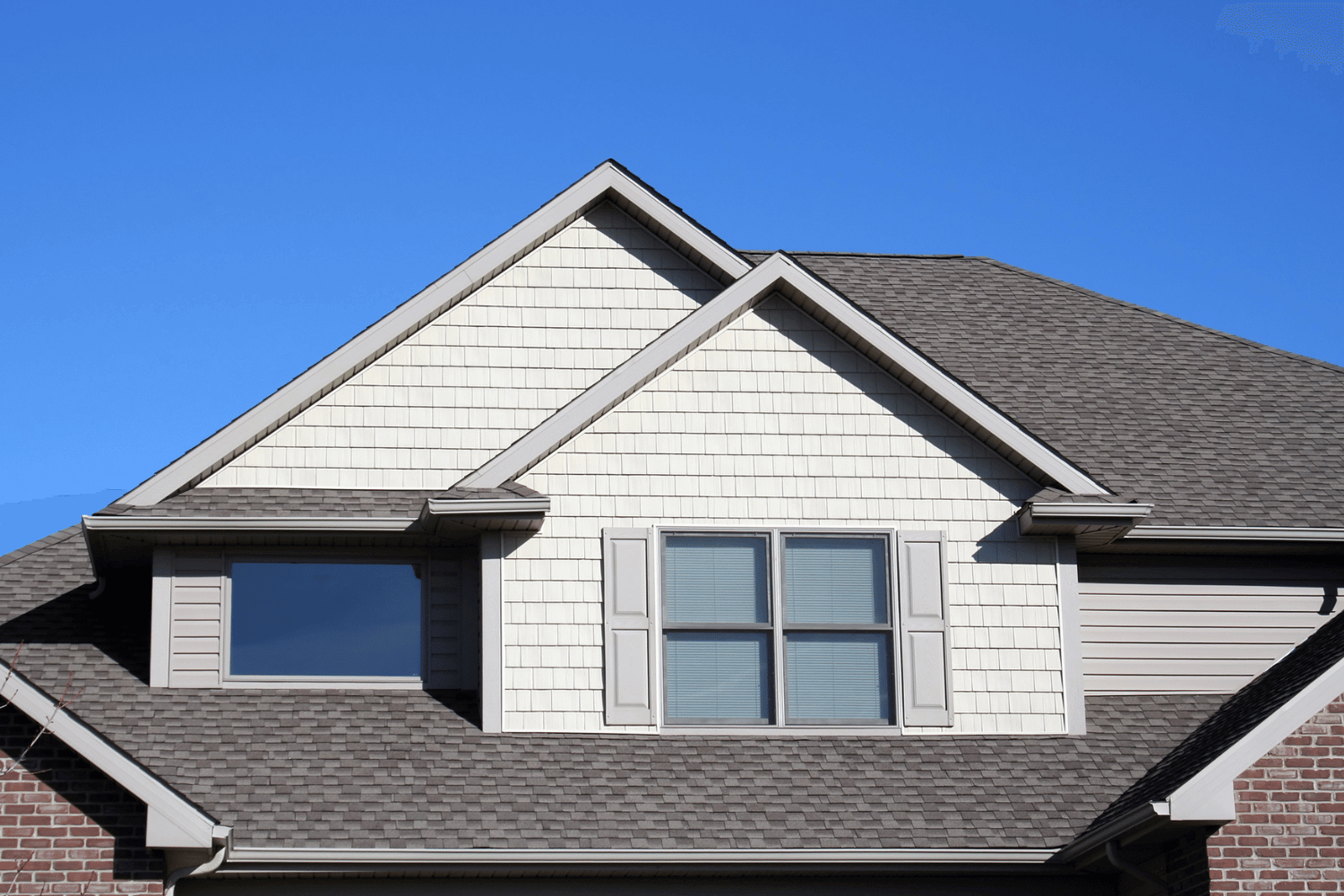
An illustration depicting the functions of roof eaves in protecting a house.
Roof eaves serve both functional and aesthetic purposes that are vital for a home’s usability and appearance. One of their primary functions is to direct rainwater away from the home’s foundation, reducing the risk of water damage and erosion. Eaves protect windows and doors from heavy rain, keeping them dry and extending their lifespan, especially in areas prone to heavy rainfall or snow.
Beyond protection from the elements, roof eaves contribute significantly to a home’s energy efficiency. They provide shade that helps regulate indoor temperatures, reducing the need for air conditioning in warmer climates. Well-designed eaves improve attic ventilation, preventing moisture buildup and the potential for mold and structural damage.
Additionally, aesthetically pleasing eaves enhance the overall beauty and curb appeal of a home, showcasing the architectural silhouette and adding decorative touches.
Types of Roof Eaves

A diagram illustrating the benefits and drawbacks of roof eaves.
Roof eaves come in various types, each with unique advantages that cater to specific architectural styles and functional needs. The four basic types are boxed eaves, open eaves, closed eaves, and exposed rafter eaves.
Understanding the characteristics of each type can help homeowners choose the right design that complements their home and meets practical requirements. Each type has distinct features worth exploring.
Boxed Eaves
Boxed eaves offer a clean, polished appearance with a streamlined look extending horizontally under the roof. Their simple, straight design encases the rafters without exposing the siding, enhancing aesthetic appeal and providing increased protection from the elements.
The soffit eaves in boxed eaves is fully attached, keeping out pests and debris, and reducing moisture buildup. This design is especially effective in climates with frequent rain or snow, as it channels water away from the walls, protecting structural integrity.
Boxed eaves are a great choice for homeowners looking for a combination of functionality and aesthetic appeal, especially when considering box eaves.
Open Eaves
Open eaves, or exposed eaves, feature visible roof rafters without soffit coverings. Often used in rustic and traditional styles, this design gives homes a rugged, natural look. The exposed rafters add charm and reveal the roof’s structure, creating a visually appealing effect.
Open eaves offer improved ventilation, beneficial in warmer climates. The absence of soffit allows better air circulation, preventing moisture buildup in the attic or roof space.
However, this design may require more maintenance to keep the exposed roof rafters in good condition and free from pests.
Closed Eaves
Closed eaves offer a polished look by covering the underside of the roof overhang with soffits, connecting the roof’s bottom edge to the house wall and preventing any exposed siding. They are popular in traditional and modern styles due to their clean lines and aesthetic appeal.
The soffits in closed eaves conceal the roof structure at a 90-degree angle, protecting from the elements and reducing moisture buildup. This design also prevents pests from entering the attic or roof space.
However, it’s essential to ensure proper ventilation within the closed eaves to avoid issues related to poor air circulation.
Benefits and Drawbacks of Roof Eaves
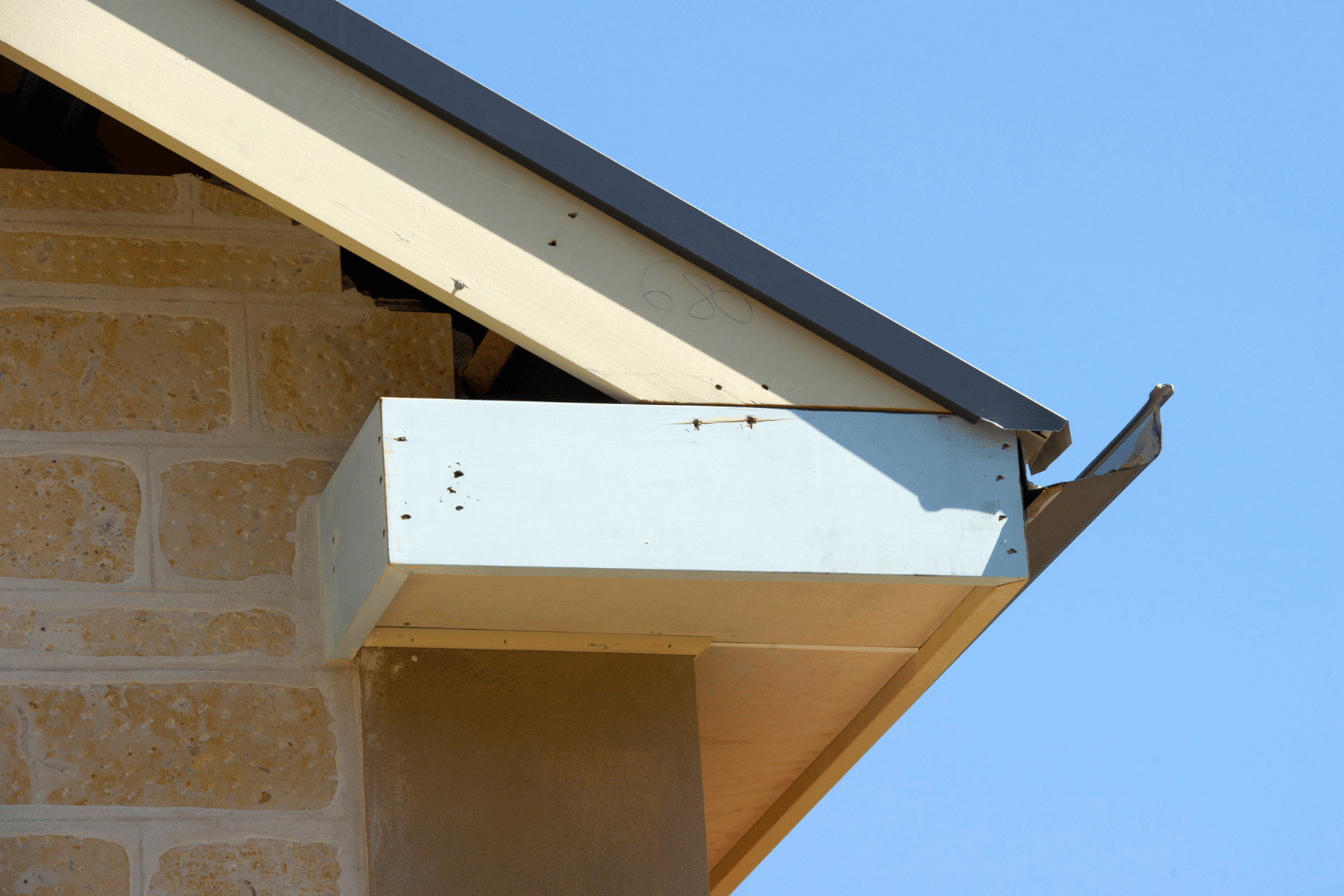
Various styles of roof eaves including boxed and open eaves.
Roof eaves enhance both the functionality and aesthetic appeal of a home but also come with certain drawbacks. Understanding these pros and cons can help homeowners make an informed decision about the type of eaves that best suit their needs.
Benefits
Roof eaves protect from rain, snow, and debris by directing them away from the house, reducing erosion and water damage to the foundation and walls. They also prevent moisture buildup, which can lead to mold growth and structural issues, enhancing the roof’s overall durability.
Roof eaves also improve energy efficiency by providing shade, keeping the house cooler in the summer, and reducing the need for air conditioning. Additionally, they enhance a home’s curb appeal, adding aesthetic value and potentially increasing market value.
Roof eaves help keep pests like birds, rodents, and insects out of the attic or roof space, which is particularly important in areas prone to infestations. This contributes to a healthier and more comfortable living environment.
Drawbacks
Despite their benefits, roof eaves require regular maintenance, including cleaning, repairs, and repainting, which can be time-consuming and costly, especially if the eaves are damaged or pests are attracted to open-style eaves.
Another drawback is the increased risk of wind damage during storms, as roof eaves can catch the wind, causing uplift and structural damage. Proper design and installation can mitigate this risk, but it remains a concern for homeowners in windy regions.
Maintenance Tips for Roof Eaves
Maintaining roof eaves ensures their longevity and functionality. Regular tasks include cleaning gutters, inspecting for wear and tear, and promptly addressing any issues.
Proper maintenance can prevent minor problems from escalating into major repairs.
Identifying Damage
Early identification of damage is key to maintaining roof eaves. Signs include rotting wood, paint deterioration, and sagging structures. Thoroughly inspect the eaves to determine if the damage is localized or extends to the underlying structure. Extensive damage may require repairing both the eaves and soffits.
During maintenance, remove any rotted or damaged wood, trim, or soffit to ensure the roof eaves’ integrity. Regular inspections and prompt repairs help maintain your home’s structural health and prevent costly issues.
Repair and Replacement
The extent of damage dictates the course of action for repairing or replacing roof eaves. Minor damage can be addressed by replacing siding or fascia materials and soffit boards with pressure-treated wood or PVC. Repainting the eaves after repairs is essential to protect and restore their appearance.
For extensive damage, hiring a professional roofing contractor is advisable to ensure the job is done correctly. Professionals offer quality workmanship and use materials that withstand the elements, ensuring the repairs’ longevity, saving time, and ensuring the roof’s safety and durability.
Choosing the Right Type of Roof Eaves for Your Home
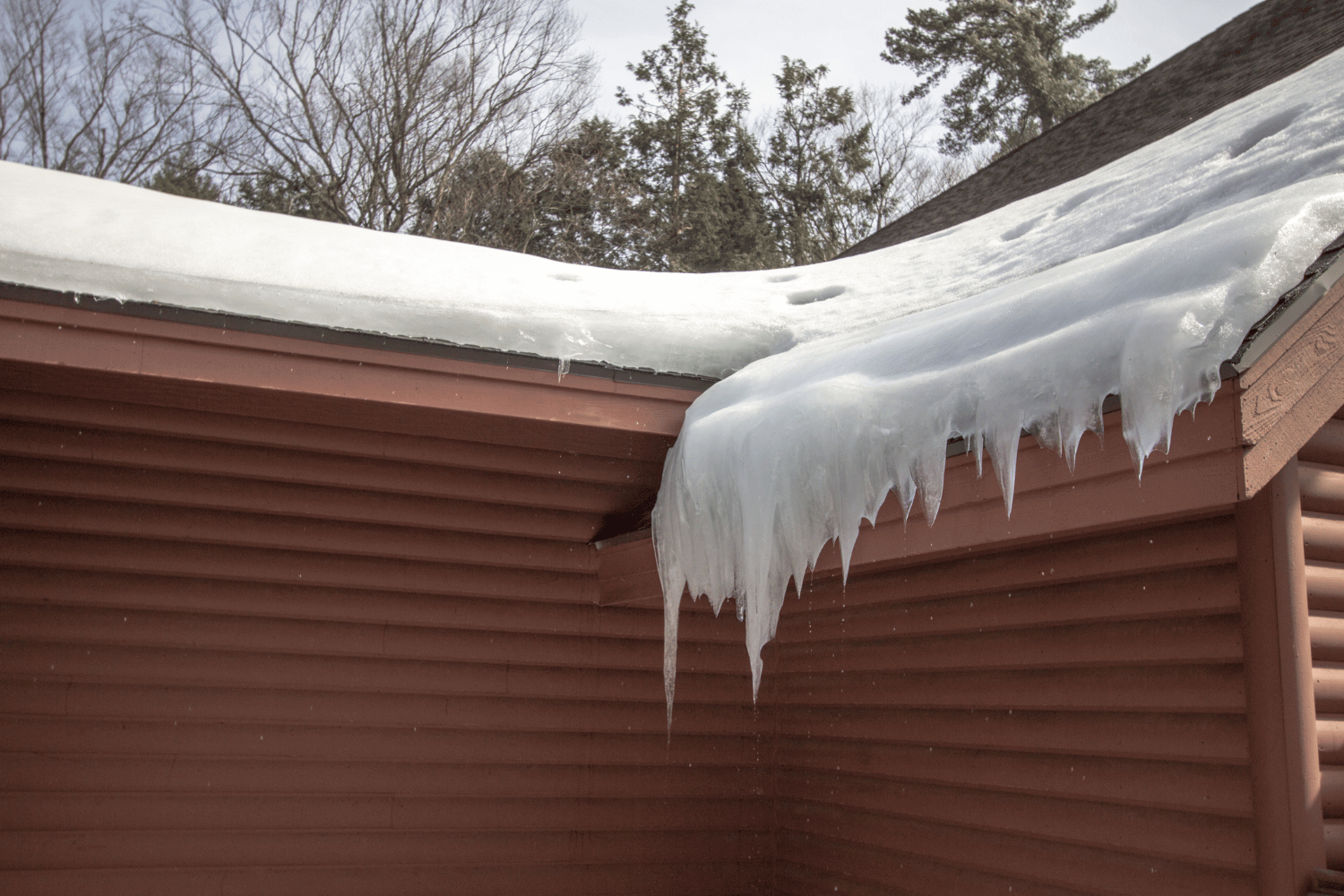
A selection of different roof eave styles suitable for various homes.
Selecting the right type of roof eaves involves considering factors like local climate, architectural style, and personal preferences. Wider eaves might suit areas with heavy rainfall, while narrow eaves offer a modern, minimalist look. Professional consultation can tailor the choice to meet both aesthetic and functional needs.
Additionally, eaves combined with soffits can serve as locations for installing security cameras and lights, enhancing home security and usability. Considering these factors can help choose roof eaves that complement your home’s design and meet practical requirements.
Cost Considerations for Installing or Replacing Roof Eaves
The cost of installing or replacing roof eaves varies depending on materials, work extent, and labor charges. Replacing roof eaves typically costs between $2,000 to $5,000. Installing new eaves can increase the overall cost of roofing projects due to additional materials and labor.
Repairing eaves can be more affordable, costing $6 to $20 per linear foot, while replacement ranges from $15 to $30 per linear foot. Labor charges for eaves repair typically range between $75 to $150 per hour. Budgeting for these expenses ensures the eaves are properly maintained and functional.
Summary
Understanding the importance, types, functions, and maintenance of roof eaves can significantly enhance the longevity and aesthetic appeal of your home. Roof eaves offer protection from the elements, improve energy efficiency, and increase curb appeal. By choosing the right type of eaves and ensuring regular maintenance, homeowners can enjoy the benefits of a well-protected and beautiful home.
Frequently Asked Questions
What is the difference between an eave and a soffit?
The primary difference between an eave and a soffit is that the eave refers to the entire overhanging section of the roof, while the soffit specifically denotes the underside of that overhang. Understanding this distinction can aid in effective home maintenance and design.
What are the main components of roof eaves?
The main components of roof eaves are fascia boards, soffits, and flashing. These elements play a crucial role in protecting the roof and enhancing its aesthetic appeal.
How do roof eaves contribute to energy efficiency?
Roof eaves significantly enhance energy efficiency by providing shade that helps regulate indoor temperatures, ultimately reducing the reliance on air conditioning and lowering energy costs.
What are the benefits of boxed eaves?
Boxed eaves provide a clean and polished appearance, enhance protection against the elements, and aid in roof maintenance by preventing pests and debris accumulation.
How can I identify damage in roof eaves?
To identify damage in roof eaves, look for signs such as rotting wood, paint deterioration, and sagging structures. A thorough inspection will help you assess the extent of any damage present.
